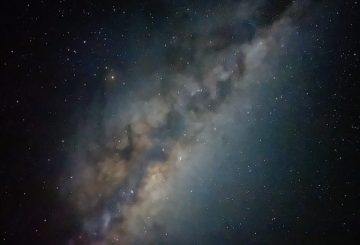오클랜드 의원들은 다음 회계연도의 첫 번째 지출에 합의했습니다. 하지만 앞으로 두 달 동안 전체 예산이 합의되지는 않을 것입니다.
3년 동안 기금을 늘리지 않은 오클랜드 박물관은 2023/2024회계연도에 3% 인상된 33,260,000달러를 받게 됩니다.그러나 이는 박물관이 요청한 것보다 거의 2백만 달러 적으며 인플레이션율의 절반도 되지 않습니다.이러한 수준의 자금으로는 박물관의 적자가 776만 달러에 달할 것으로 예상됩니다.
박물관 최고 경영자인 데이비드 가임스터 (David Gaimster) 는 4월 말 회의에서 평의원들에게 Covid-19로 인해 조직의 수익 창출 능력이 심각하게 제한되었다고 말했습니다.
Gaimster는 박물관이 직원 수와 서비스를 줄였다고 말했다.그러나 2019년 이후 의회 자금 지원이 중단되면서 박물관은 서비스 제공에 적자를 겪고 있었고 상황은 “지속적이고 구조적인 적자”를 초래할 가능성이 있었습니다.
1996년 오클랜드 전쟁기념박물관법에는 오클랜드 시의회가 4월 30일까지 결정해야 하는 연간 부담금을 박물관에 지원하는 방법이 명시되어 있습니다.시의회의 전체 예산은 6월 29일이 되어서야 채택될 것입니다.
여기에는 아라파 이사회에 자금을 지원하는 372,250달러가 포함됩니다.
크레딧: stuff.co.nz





























































